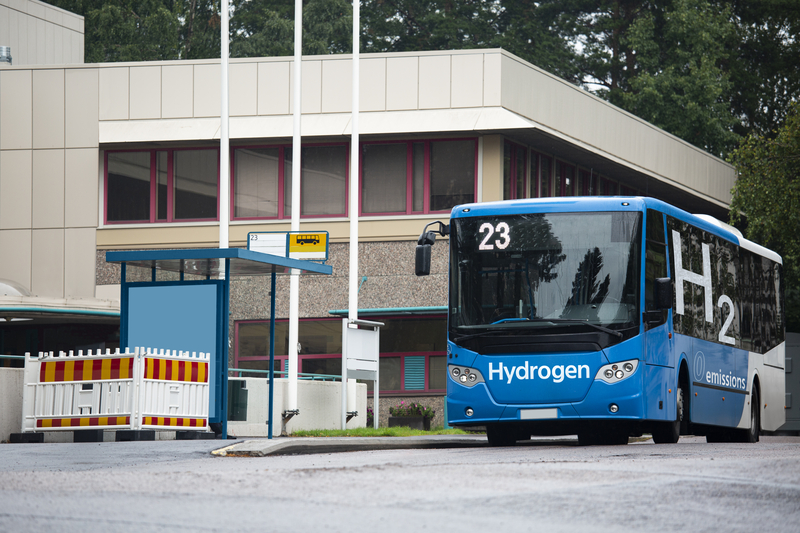
China’s main economic planning body has published the country’s hydrogen development goals over the course of the next three five-year plans.
The National Development and Reform Commission (NDRC) is aiming to boost its production and distribution networks and increase the manufacture of fuel-cell vehicles.
Last year, 2,000 were produced, but the commission hopes to increase the cumulative total to 50,000 by the end of 2025. It will also create a hydrogen fuel station network to power them.
China is presently the world’s largest producer of hydrogen, however only 4% is derived from electrolysers run by renewable energy. The NDRC is planning to boost this to as much as 200,000 tonnes by 2025, reducing carbon emissions by up to 2 million tonnes a year.
The commission commented: “China will make full use of the clean and low-carbon features of hydrogen energy to promote a green and low-carbon transformation of energy consumption terminals, such as transportation and industrial segments, as well as industries with high energy consumption and high emissions.”
In the longer term, the country aims to establish a complete technology innovation system for hydrogen by 2030, the year in which the country’s carbon emissions are supposed to begin declining.
Energy firms and local governments have also unveiled plans to accelerate hydrogen production in recent months. State-owned refiner Sinopec has begun hydrogen plants in Qingdao, Shandong Province, and in Kuqa City in Xinjiang (see further reading).
East China’s Zhejiang province announced in November that it would accelerate the development of fuel-cell buses over the next five years, aiming to have 5,000 on the road by 2025.
Meanwhile, the Inner Mongolia region, a coal producing area that has recently been the site of ambitious wind and solar schemes, has set out plans to produce almost 67,000 tonnes of green hydrogen.
Further reading:










